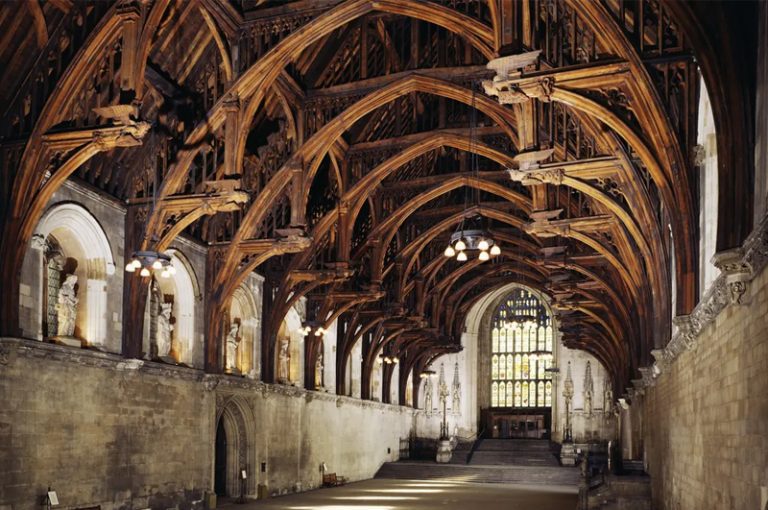First the press release from Credit Suisse, October 29, 2021:
When emissions turn personal: How many trees are needed to offset your carbon footprint?
Greenhouse gas (GHG) emissions need to fall by 50% between 2020-2030 and reach 'net zero' by 2050 in order to meet targets set under the 2015 Paris Agreementi. The global debate that surrounds climate change typically focuses on governments and companies, overlooking the ultimate driver of emissions: the consumer.
How consumer choices impact the environmentAll emissions are generated ultimately to accommodate consumer behavior and spending patterns. Consumers' day-to-day activities – from taking a shower, to buying products, to using transport, to watching television – all carry what the average person tends to underappreciate as their personal emission footprint.
This underappreciation and/or lack of understanding may, in turn, explain the difficulties in changing consumer behavior in order to reduce emissions and achieve long-term climate change targets....
....MUCH MORE
They're big into trees which is fine. I mean you like trees, I like trees, everybody likes trees.
But as a long term answer to the CO2 issue, trees don't work. Trees die, and when they die they release the stored carbon which gloms on to atmospheric oxygen and turns into CO2. Or the trees get burned, again releasing the carbon which combines with oxygen to make CO2.
The British have been working on this problem for centuries and have come up with a very clever solution: cut the trees down and then store them so they don't decay. Here's an example:

That's Westminster Great Hall. Here's a close-up of the hammer-beam roof:

Samantha Tan, “Westminster Hall's (detail of hammer-beam roof),” Medieval London, accessed November 19, 2021, https://medievallondon.ace.fordham.edu/items/show/222.
According to Samantha Tan at Fordham University's Medieval London exhibit the timbers weigh 660 tons and have sequestered the carbon in this form for over 700 years.
The British use this type of storage throughout the land and people
visit from around the world to marvel at the secrets of carbon sequestration
We'll be back to the Credit Suisse report tomorrow or you can see it here, 29 page PDF